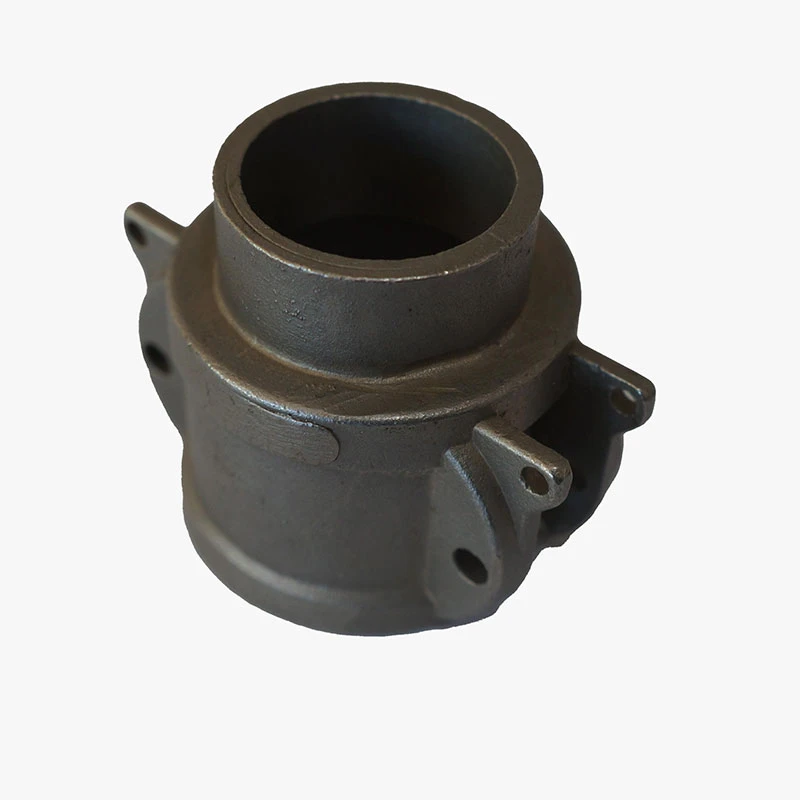custom aluminum sand casting
The Art of Custom Aluminum Sand Casting
Custom aluminum sand casting is an age-old technique that combines artistry with engineering, producing high-quality aluminum parts tailored to specific needs. This process has found its place in various industries, ranging from automotive and aerospace to consumer goods and machinery. Understanding the intricacies of aluminum sand casting can reveal why it continues to be a preferred method for many manufacturers around the world.
What is Aluminum Sand Casting?
Aluminum sand casting is a method where molten aluminum is poured into a mold formed from sand. The sand mixture is compacted around a pattern, which creates a cavity into which the molten metal is poured. Once the metal cools and solidifies, the mold is broken away to reveal the cast component. This technique is particularly advantageous for producing complex shapes and can accommodate large parts, making it a versatile option for custom projects.
Advantages of Aluminum Sand Casting
One of the primary advantages of aluminum sand casting is its ability to create custom designs without the need for extensive tooling. Traditional casting methods often require expensive molds that can take a long time to produce. However, sand casting allows for quicker production times and lower costs. This is particularly beneficial for small production runs or customized parts, where manufacturing efficiency is key.
Moreover, aluminum's inherent properties – including its lightweight nature, corrosion resistance, and excellent thermal conductivity – make it ideal for various applications. When combined with sand casting, these properties can be harnessed to create components that meet stringent performance requirements. The flexibility in the sand casting process also permits the incorporation of different aluminum alloys, which can enhance specific characteristics depending on the application's needs.
The Process of Custom Aluminum Sand Casting
custom aluminum sand casting

The custom aluminum sand casting process begins with creating a pattern that replicates the desired part. This pattern can be made from wood, metal, or plastic, depending on the application's requirements. Once the pattern is ready, the next step involves preparing the sand mixture, which consists of fine sand, clay, and water. This mixture is compacted around the pattern to create a mold.
With the mold ready, aluminum is melted in a furnace and then poured into the mold cavity. It is crucial to monitor the temperature of the molten aluminum to ensure it flows correctly and fills all parts of the mold without defects. After the aluminum has cooled and solidified, the mold is carefully broken away, revealing the cast part.
The final product may require additional finishing processes, such as machining, grinding, or surface treatment, to achieve the final specifications and surface quality. These finishing services play a vital role in the customization aspect, as they can be tailored to meet detailed engineering requirements.
Applications of Custom Aluminum Sand Casting
The versatility of custom aluminum sand casting makes it suitable for a wide array of applications. In the automotive industry, for example, it is commonly used to produce engine blocks, transmission housings, and other critical components where strength and light weight are crucial. In the aerospace sector, aluminum castings are employed for structural parts that must withstand high stress while maintaining a low weight.
Moreover, custom aluminum sand casting is also prevalent in the production of decorative items and consumer goods. From ornate fixtures to specialized kitchen tools, the ability to create unique designs with precision is a significant advantage.
Conclusion
In conclusion, custom aluminum sand casting remains a vital manufacturing process, offering flexibility, efficiency, and quality in producing specialized parts. As industries continue to innovate and demand more customized solutions, the significance of sand casting in the aluminum realm is likely to grow. Its ability to adapt to various production scales and requirements ensures it will remain a key technique in the manufacturing of custom components for years to come. By leveraging the advantages of this process, businesses can create high-quality products that meet both functional and aesthetic needs, solidifying their place in an ever-evolving market.
-
Pros & Cons of Sand Casting: Products & ApplicationsNewsAug.19,2025
-
Advanced Crawler Drilling Rig for Confined Spaces-Baoding Hairun Machinery And Equipment Trading Co., Ltd.NewsAug.18,2025
-
Crawler Drilling Rig- Baoding Hairun Machinery And Equipment Trading Co., Ltd.|Pneumatic Power,Frame-Supported DesignNewsAug.18,2025
-
Precision OEM Valve Body Castings for Superior PerformanceNewsAug.18,2025
-
Crawler Mounted Drill Rig - Baoding Hairun Machinery | Underground Drilling SolutionsNewsAug.18,2025
-
Crawler Mounted Drill Rig - Baoding Hairun | Pneumatic Safety, Mining EfficiencyNewsAug.17,2025















